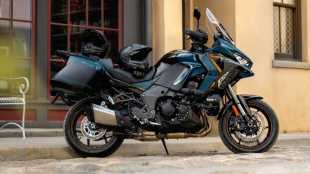-
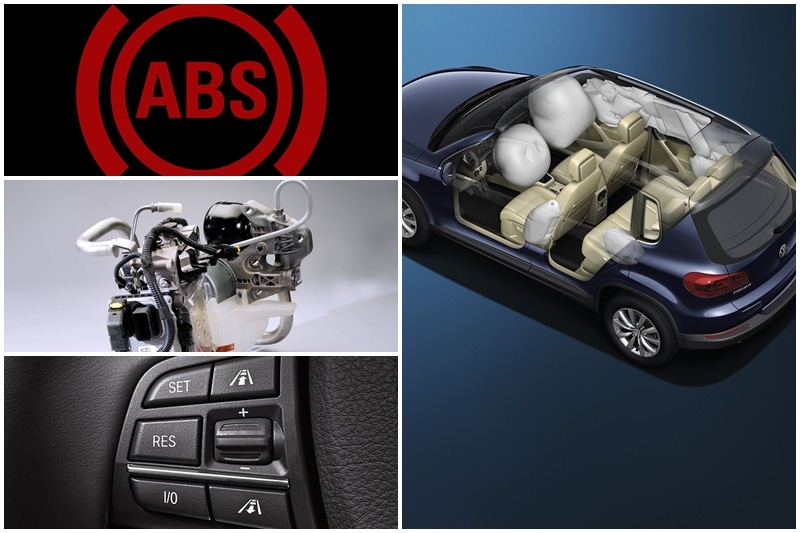
Many car manufacturers in India have started equipping their models with latest and advanced technologies in vehicles. There are many such innovations and technologies which have not only saved lives, but added to the convenience as well. Although, a number of people don't have much idea on how these features save our lives or add to our comfort. We as Express Drives have listed five such features and technologies which a number of cars are equipped with.
-
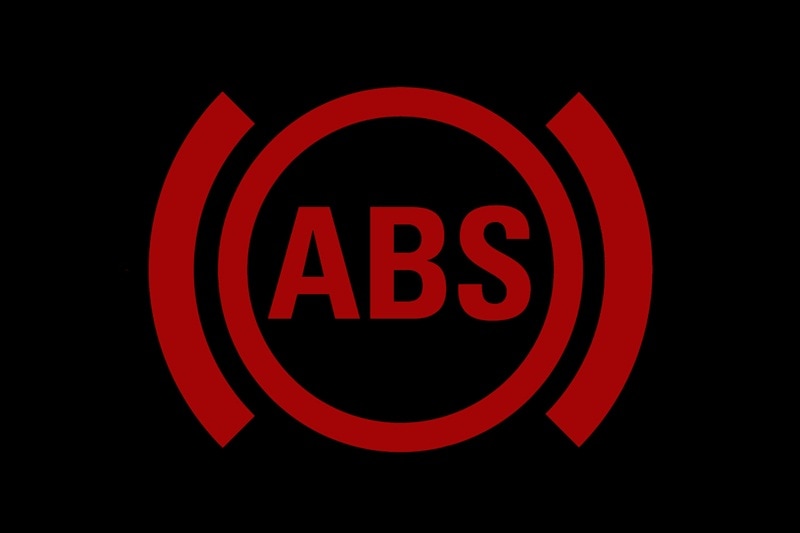
ABS – Anti-lock Braking System and EBD – Electronic Brakeforce Distribution: An Antilock Braking System (ABS) is another safety feature equipped a number of cars as standard nowadays. This system prevents the car's wheels from locking up and avoiding skidding in case of a panic brake situation. There are four main components that help an ABS system work – Speed sensors, pump, valves and controller. A car with ABS has speed sensors located on each wheel or in the differential (depending on the vehicle). This signals the ABS system that the wheels lock up. The valves in the braking system are controlled by ABS and release pressure from the brakes. The pump puts the pressure back, while, the controller senses and controls the speed of the car and the valves. The ABS senses the wheel lock up and within seconds, stops the car. In most cases, ABS stops the car quicker when compared to the same model not offered with ABS. ABS is also coupled with EBD or Electonic Brakeforce Distribution which works with ABS and optimises brake force on each wheel separately to avoid losing control and have a maximum braking power. Some cars come with EBP or Electronic Brake Pre-fill which fills up the brake lines with brake fluid
-

Airbags An airbag is a safety feature in a car that protects occupants at the time of a crash. In such an event, the car's airbag's pops out, inflates automatically and reduces impact of the occupants' certain body parts which a seatbelt would not be able to. The accelerometer, an electronic chip, measures acceleration and detects the sudden change in speed in the event of an accident. This triggers the airbag circuit that passes an electric current through a heating element and ignites a harmless chemical explosive. The explosion inflates a nylon bag (or the airbag) which expands in a fraction of a second.. The airbag is coated with a powder so that one can unwrap it smoothly and easily. When the driver moves forward due to an impact, the airbag pushes him/her against the airbag. After a few minutes, the airbag deflates as the gas escapes through small holes around the edges of the airbag. Till the time the car stops, the airbag completely deflates. While some cars have driver and co-driver airbags, the higher variants of the same model also have side and curtain protection for side impact protection such as the Maruti Suzuki Baleno.
-
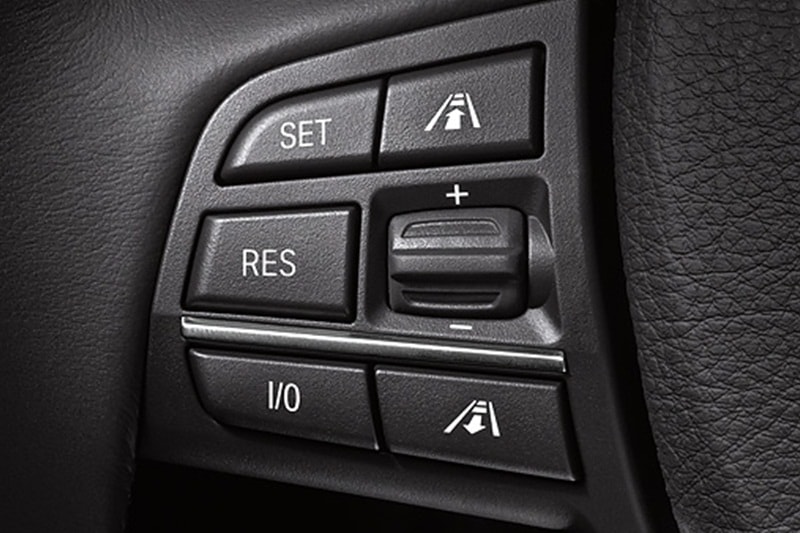
Cruise Control: A cruise control is a feature in a car that maintains the speed of the vehicle without any intervention of a driver. This allows the engine to maintain a constant speed on highways. The driver can increase or decrease the speed of the vehicle with the help of switches and set the cruise button. However, this system deactivates as soon as the brake is applied. The cruise control engages the throttle valve by a cable connected to an actuator. The throttle valve controls the power and speed of the engine by limiting how much air/fuel mixture it takes in.
-
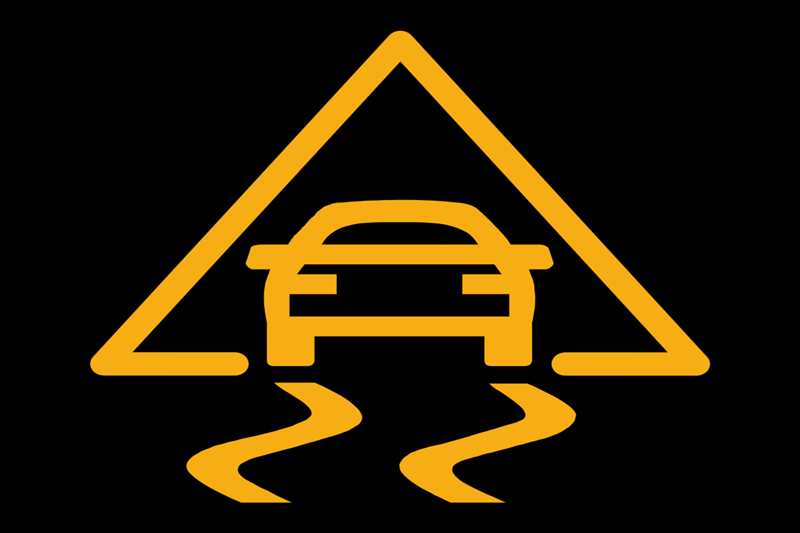
Traction Control and ESP – Electronic Stability Program: A traction control system also a safety feature that helps the vehicle to avoid losing control road surfaces with low grip such as ice, snow or loose gravel. It is activated when the torque developed on each wheel is not suited for the road surface. The system uses wheel-speed sensors mounted on the antilock braking system (ABS). The sensors detect differences in rotational speed and determine whether any of the wheels has lost or is losing traction. As soon as the traction control system detects the loss of traction on any wheel, it automatically applies the brake to the wheel in order to reduce the speed so that it gets enough grip. This prevents slipping of the vehicle. The Electronic Stability Program (ESP) works similar to the traction control system. The ESP reduces skidding when over-steering and the system activates when it detects over-steer.
-
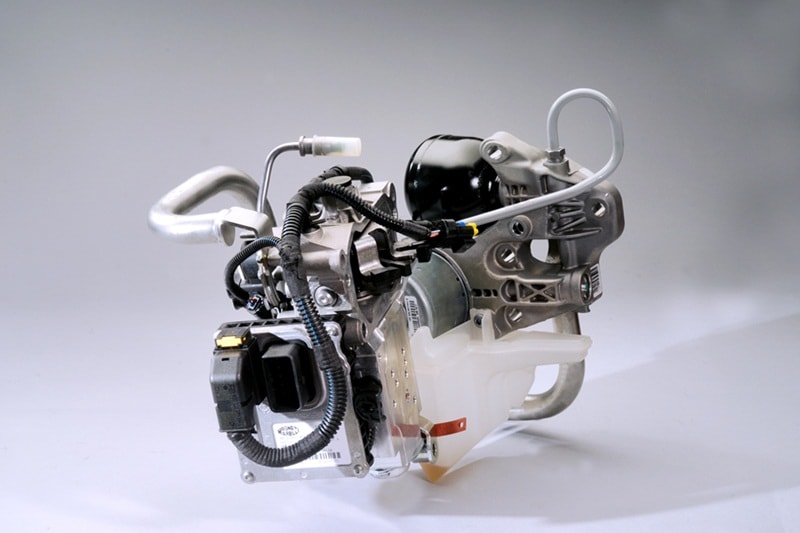
AMT – Automatic Manual Transmission: AMT or Automatic Manual Transmission is based on an electro-hydraulic mechanism system that automatically shifts the gear using a planetary gear system which is similar to a torque convertor. However, the setup also has a clutch which engages and disengages on its own with the driver not having the need to depress the clutch the way it done in a manual transmission. In addition to the convenience, particularly in stop and go traffic, the transmission is also prominent in mass market cars due to its low initial cost.
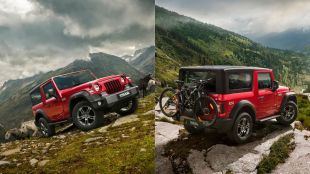
6 Photos
